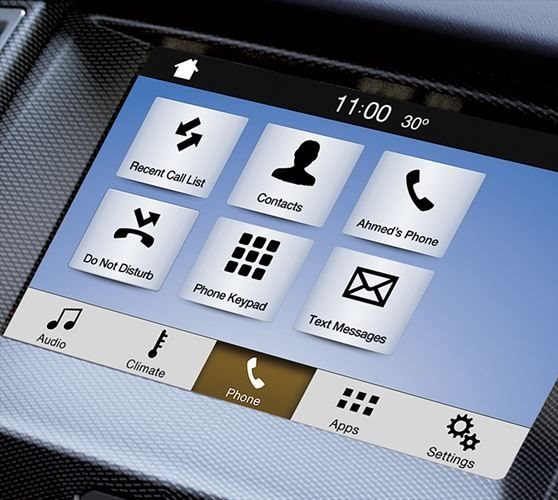Over the past three decades, the spread of the internet has radically changed the world and everything it touches, including the automotive industry. Vehicle network connectivity features have changed the way we live, work and drive.
Connected cars today have the power of 20 PCs and contain more than 100 million lines of code that can process up to 25 gigabytes of data per hour, and it is estimated that by 2021, there will be more than 380 million connected vehicles on the road.
Do you drive a connected car? If you don't know, you're not alone. According to a recent study by Kantar, 47% of respondents didn't realise their vehicle included features that classified it as a connected car. Many other car owners were not aware the technology existed, while those who were aware either didn't trust the technology or see how it could benefit their everyday lives.
Connected cars and IoT
A connected car is a vehicle that is connected to the internet via a mobile data stream. This allows the car to connect and 'talk' to other devices, such as smartphones, inside and outside the vehicle. Technology is already being tested that enables connected cars to communicate with other vehicles on the road, like ambulances, as well as with infrastructure, like traffic lights, helping drivers avoid accidents, traffic jams and other slow-downs.
Connected cars are part of a bigger technology trend called the Internet of Things (IoT), which is the connection of everyday devices via the internet. These smart devices are everywhere, from refrigerators that can tell people when they're running low on milk and automatically order more to mirrors that can give weather and news updates while people brush their teeth.
"Connectivity has been a key enabler for automakers like Ford to offer a greater level of comfort, convenience and safety to car owners," said Kuda Takura, smart mobility specialist at Ford Motor Company of Southern Africa.
As the technology progresses, we can expect a future with an all-encompassing ecosystem of interconnected devices and infrastructure, which will have a significant impact on the way we interact with the world around us.
Seamless digital experience
Among the most common features in connected cars today are infotainment systems, which essentially transform cars into 'smartphones on wheels' and allow drivers to seamlessly extend their digital lives onto the road.
As an example, voice-activated systems enables users to control a vehicle's navigation, audio and climate feature, as well as send text messages and make phone calls, all without taking their eyes off the road and hands off the wheel. This not only helps to prevent distracted driving, but also transforms commutes into a productive experience. Instead of wasting time sitting in traffic on the way to work, customers can safely check and reply to messages, join a conference call or listen to audiobooks.
Connectivity features can also help save time and money. Many navigation systems can check real-time traffic conditions and suggest an alternate route to avoid traffic or bad weather, resulting in shorter journey times and more efficient driving. Features such as tyre pressure analysis can send alerts when a tire is not inflated properly, which can cause tire failure as well as poor fuel consumption, which can be 6% higher if a tire is under-inflated.
Safety when you need it
Improved safety for drivers and passengers is the most important benefit of connected cars. Vehicle connectivity features today have evolved significantly and are enabling semi-autonomous capabilities in vehicles, such as adaptive cruise control, automatic emergency braking (AEB) and lane-keeping assistance. Many people are starting to look for these features in their cars and trucks as they realize the game-changing benefits of these technologies.
These new features have revolutionised automotive safety by using cameras and sensors in vehicles to help prevent accidents before they occur. Today's connected cars have monitoring systems that can alert a driver of potential dangers and are designed to even intervene and take control of the vehicle, if necessary, to avoid a collision.
For example, vehicles equipped with Lane Keeping Systems use a camera mounted behind the rear-view mirror to monitor road lane markings and detect unintentional drifting outside of a lane. When the camera detects the vehicle drifting, the system is designed to either alert the driver via the instrument cluster display or take control of the steering wheel and gently steer the vehicle back into its lane.
As the future of connected cars progresses along the inevitable path toward fully autonomous vehicles, we can benefit today from the amazing developments that are taking place, making the driving experience safer, more productive and efficient and - of course, so much more enjoyable.


































